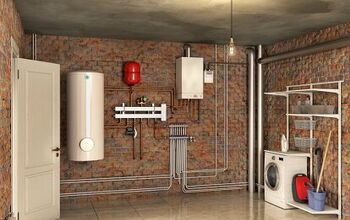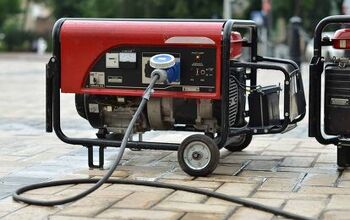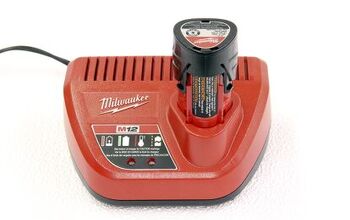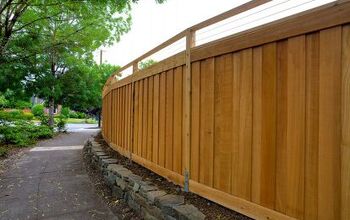How To Climate-Proof Items In A Storage Unit

There are many reasons why you might need to put items in storage, but the goal is that these stored items will be just as perfect when you take them out of the storage unit as when you put them in. Some items are likely to be resilient, regardless of how they are stored. But other belongings made of more vulnerable materials can be susceptible to damage. This is especially true if you don’t have a climate-controlled unit. Therefore, it is important to climate-proof all the items you decide to put in storage.
To ensure the items you put in storage are climate-proof, try to only pack and move belongings on low-humidity days. Make sure you choose a reliable storage facility, and pick a unit that is least likely to be affected by weather. Use air-tight packing materials, and consider adding a drying agent to storage bins with items susceptible to mold and damage from humidity.
Weather can wear down and destroy your belongings, especially if they are left idle in a storage unit for months, or even years. Luckily, there are tons of ways to help reduce the chance of damage caused by things like extreme heat and humidity. Make sure you keep reading to learn 11 effective and easy ways to help climate-proof your storage unit and the belongings you have inside.
11 Ways To Climate-Proof Items In A Storage Unit
1. Pack And Move Your Items On Dry Days
One tip to remember is to choose your packing and moving days wisely. You can have air-tight containers, but if you are packing and moving items on very humid days, then your items can trap moisture.
The last thing you want to do is seal your items in air-tight containers when they are damp. This is a recipe for mold, mildew, and destruction. Instead, choose days where humidity is less than 50%, and the temperatures are mild. After all, no one wants to move in when it’s freezing or hot.
2. Choose A Reliable Storage Facility
Your belongings are only as safe as the location you put them in. Just as you decide what you want to keep and what to throw away, make sure you take your time choosing the right storage unit. Of course, price should be a top priority, as you will have to pay a monthly fee for potentially a long time. Still, the point of a storage unit is to protect your items.
Read reviews about the storage facility. Do a walk-through of the space, and ask to see your unit or a sample unit if yours is not available when you sign a contract. Look for signs of mold, pests, or water damage. It’s always better to pay a few extra dollars a month for a reliable space where you can rest easy knowing your belongings are safe from climate-related and other issues.
3. Elevate Your Items
When you put your items in storage, always make sure you elevate them off the ground. You can use wooden palettes, shelves, or risers to lift the items. This is something you should do even if you don’t have a ground-floor unit.
There is always a risk of flooding, from a faulty roof, or even a neighboring unit. Keeping your belongings off the floor also helps prevent exposure to the extreme temperature changes of the floor.
4. Use Air-Tight Plastic Bins
The type of storage bin you use can have a profound impact on how climate proof your items are in a storage unit. Nowadays, you can get large, durable, and air-tight plastic storage bins for very affordable prices.
Opt for bins that seal tight to keep moisture out, and are not at risk of water damage. Use thick and durable plastic that is unlikely to crack due to changes in temperature.
Pro Tip: Opt for bins that stack easily, as this will help you climate-control your unit as well as maximize space.
5. Invest In Vacuum-Seal Bags
While plastic bins are helpful in preventing water damage and some moisture issues, some items require additional protection. Clothing and other fabric items are particularly susceptible to weather-related damage when placed in storage.
One great way to prevent weather from getting to your items is to invest in some vacuum-packed storage bags. These bags are like giant Ziplock bags where you use a vacuum to suck all air out. This removes the potential for moisture damage and also maximizes space.
6. Know Which Of Your Items Are Temperature Sensitive
Remember that not all items are equally vulnerable to temperature and moisture damage in a storage unit. There are some items that need minimal protection and others that require much more.
You may even find that some items, including some electronics, are more susceptible to moisture and temperature damage than you thought. Taking the time to know the right way to store each item will save you disappointment (and money) down the road.
7. Choose Your Specific Storage Unit Wisely
In many storage facilities there are various types of units in a variety of locations. Scope out the facility before you select your unit.
If you are worried about temperature and moisture extremes, then consider an interior unit that is not on the ground floor. Before moving in, look for water damage or other warning signs. Also, voice your climate-proofing desires to the storage facility manager and see what he or she recommends.
8. Consider A Climate-Controlled Unit For Vulnerable Valuables
If you have some items that can handle all weather and temperature fluctuations and others that are sensitive, you may want to split your items between two units.
Instead of one larger unit, you can opt for one unit that is not climate-controlled, and one that is. This can help protect valuables like antique furniture and art, without having to splurge on a very large climate-controlled unit.
9. Put A Drying Agent In Your Storage Bins
For an added layer of moisture protection, you can buy a drying agent to place in some of your storage bins, or in the unit. You can purchase desiccants or silica gel at a home improvement store.
These are inexpensive packets and they act like the smaller packets you find in shoes or some medications. They naturally soak up moisture from the air. This prevents any moisture that sneaks in from lingering too long, and damaging your belongings.
10. Never Use Cardboard Boxes Or Vulnerable Suitcases
Sometimes when you move in a hurry, the result is stuffing items in whatever boxes or vessels you can find. This might work as a moving solution, but this is a horrible idea when it comes to storing items.
Never keep your items stored in cardboard boxes or fabric or flimsy totes and containers. These materials will deteriorate over time, and will not protect your items from any moisture-related damage. Take the time to re-pack and store your items properly after you move them in.
11. Remember To Protect For Pests As Well As Weather
Bugs, rodents, and other pests are not technically climate-related, but they are unfortunate realities in the world of storage units.
Take time to consider these pests and take necessary precautions to prevent bugs from eating your clothes and rodents from making a home in your unit. This means sealing bins tightly and using thick plastic bins that latch. Don’t skimp on cheap bins, as the result could be priceless items lost forever.
Sealing Up The Ways To Climate-Proof A Storage Unit
If you are storing your items in a storage unit that is not climate-controlled, then you should take several measures to keep your belongings safe and pristine.
First, make sure you pack and store items on cooler and dry days to prevent storing them wet. Choose a reliable storage facility, and pick a unit that is least likely to experience climate-related damage.
Use airtight plastic bins and vacuum-sealed containers to help lock in freshness and prevent mold. Remember to store your items off the ground, and consider adding a drying agent to bins holding particularly vulnerable belongings.
Related Guides:

Tom Gaffey is an expert writer who currently resides in Washington D.C. Tom has a passion for real estate and home improvement writing, as well as travel and lifestyle writing. He lived the last twelve years in Hawaii where he worked closely with luxury resorts and event planners, mastering his knowledge of aesthetics and luxury products. This is where he found his passion for home improvement and a keen interest in DIY projects. Currently, Tom resides in Washington D.C, and also working on his debut fiction novel.
More by Tom Gaffey



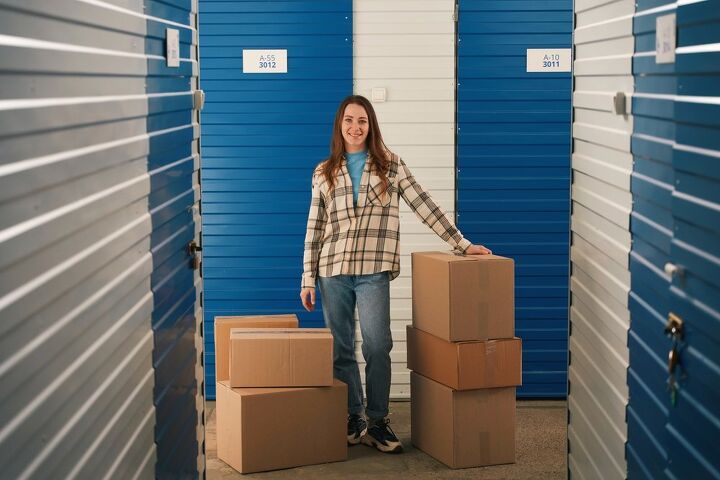










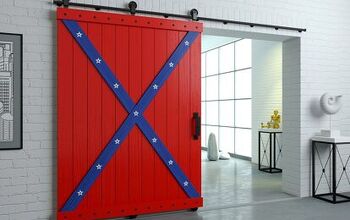
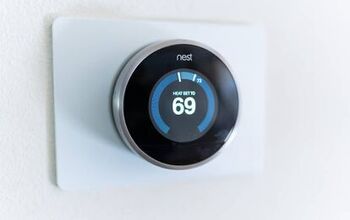
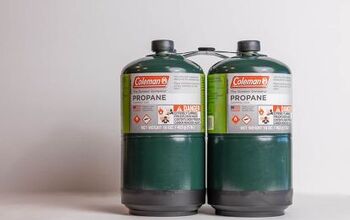
![Cost To Drill A Well [Pricing Per Foot & Cost By State]](https://cdn-fastly.upgradedhome.com/media/2023/07/31/9074980/cost-to-drill-a-well-pricing-per-foot-cost-by-state.jpg?size=350x220)

